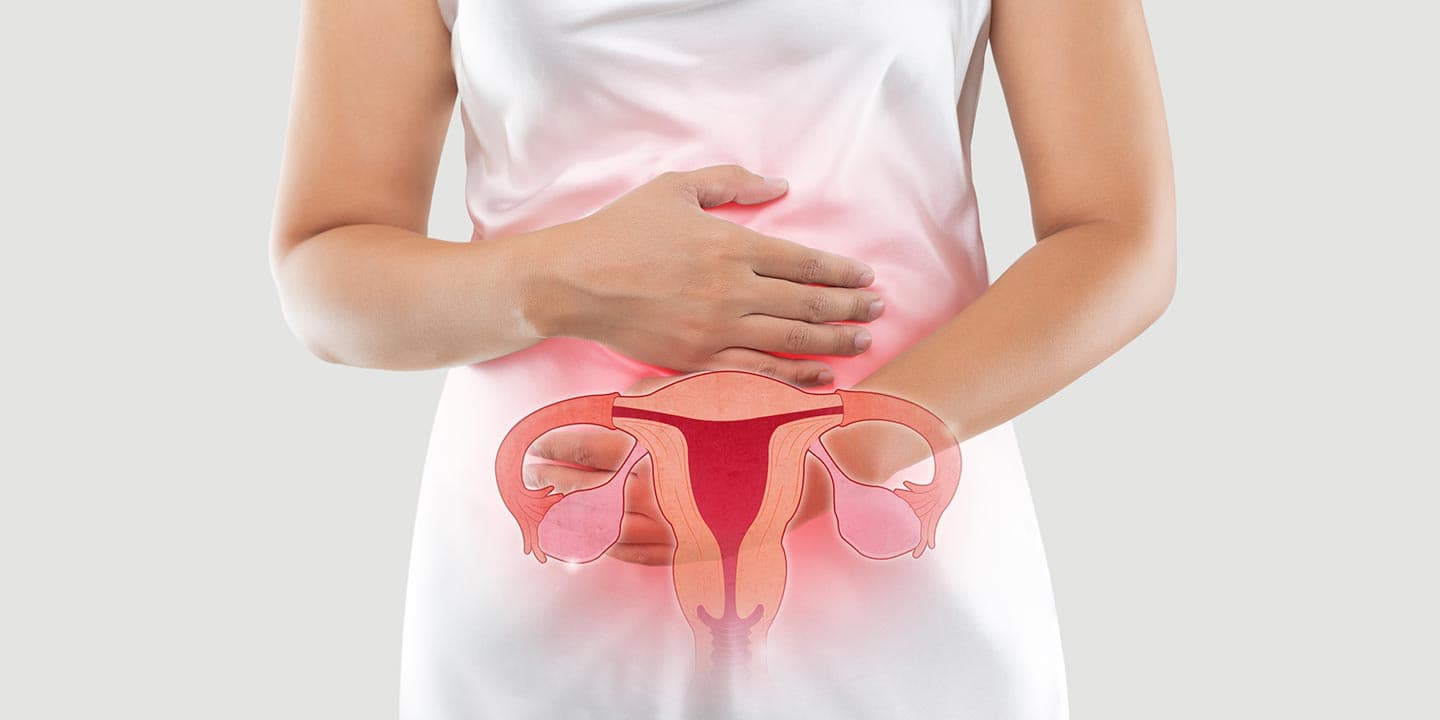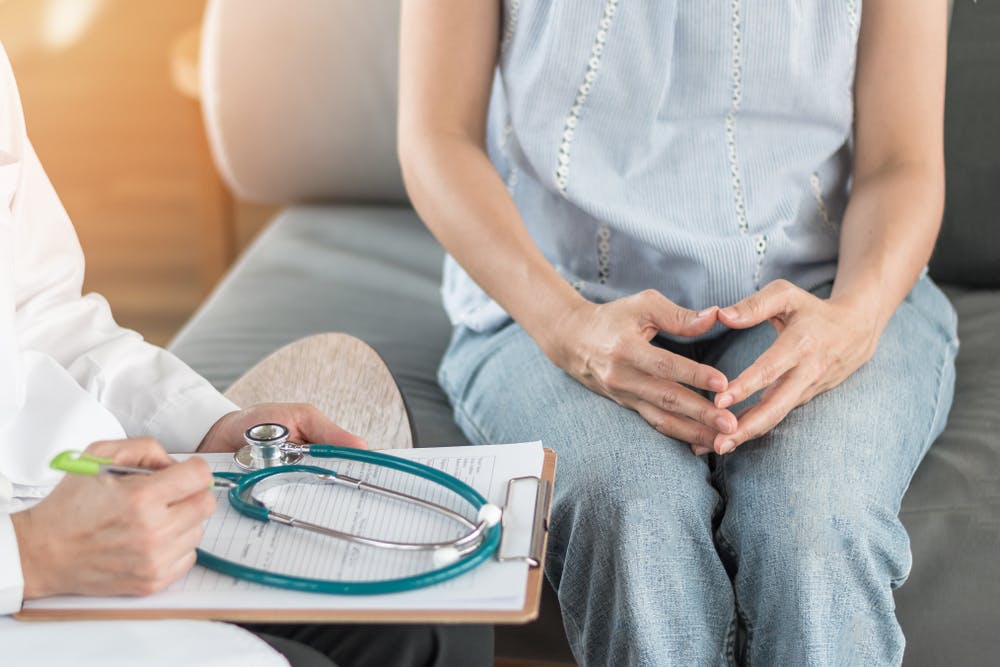A new study published in the Journal of the American Medical Association (JAMA) looked at the association between endometriosis and the risk of ovarian cancer. It revealed that women suffering from endometriosis have a four times higher chance of getting ovarian cancer, as compared to those who do not have the condition. Women with severe types like deep infiltrating endometriosis, exhibited a 10 times higher risk of ovarian cancer. This alarming link draws attention towards the importance of preventative tests and regular screenings for women.
Table of Contents
About the Study
The Utah-based study examined data taken from almost 500,000 women between 18 and 55. The study investigated the number of women who were diagnosed with endometriosis and how many were diagnosed with ovarian cancer from 1992 to 2019.
The results revealed that in comparison to women without endometriosis:
- Women with endometriosis had a 4.2-fold higher risk of getting ovarian cancer.
- Women with deep infiltrating endometriosis, ovarian endometriomas, or both were almost 10 times more likely to develop ovarian cancer.
- Those with endometriosis had a seven times higher risk of developing type 1 ovarian cancer (like endometrioid, clear cell, and mucinous) and a 2.7 higher risk of getting high-grade ovarian cancer.

What is endometriosis?
Globally, about 10 to 15 per cent of women (between the ages of 15 and 44) suffer from endometriosis.
It is a chronic condition where the tissue similar to the inner lining of the uterus starts to grow outside the uterus. This tissue usually spreads on the ovaries, bowel, and lining of the pelvis. While rare, it can also grow beyond the pelvic region.
With each menstrual cycle, this endometriosis-like tissue thickens, breakdowns and bleeds. Since it is growing in areas where it doesn’t belong, over time, it becomes trapped in the pelvis.
This condition is associated with other medical complications involving the female reproductive system such as ovarian cysts, formation of scar tissue, infertility, severe cramps and pain.
What are the symptoms of endometriosis?
Symptoms of this condition vary in severity and it can be difficult for patients to get diagnosed. This is why looking out for symptoms and regular medical checkups with a gynaecologist are important.
The most common symptom is severe pelvic pain. Women may also experience:
- Excessive menstrual pain
- Cramps 1 or 2 weeks around your cycle
- Heavy menstrual flow or bleeding between cycles
- Painful intercourse
- Issues with fertility
- Discomfort with bowel movements or urination
- Lower back pain
- Fatigue, diarrhoea, constipation, bloating, nausea. Before or during a menstrual cycle.
Endometriosis can negatively impact a woman’s quality of life, well-being and overall health, so, it is important to consult a doctor if you are experiencing these symptoms.

How is it diagnosed?
Endometriosis is difficult to diagnose due to the variations in severity and overlap of symptoms with other medical conditions. A Laparoscopy, a minimally invasive surgery, is usually used to visualize and diagnose this condition. However, a preliminary diagnosis relies on a pelvic ultrasound and checking CA 125 levels. Sometimes, an MRI (magnetic resonance imaging) of the pelvis may be done for further investigation.
What preventative tests should you take?
In order to watch out for indications of ovarian cancer or endometriosis, regular gynaecological examinations as per your doctor’s recommendation are crucial for detecting abnormalities. Blood tests and checking CA 125 levels can help identify early symptoms. These tests are preventative and can potentially help catch indications of cancer early on.
Can it be cured?
While endometriosis doesn’t have a cure, its symptoms can be managed to alleviate pain and other complications. After a doctor has diagnosed you with these conditions, treatment can include a combination of the following depending on your particular case:
- Pain medication
- Hormone therapy or hormone supplements
- Hormonal contraceptives
- Estrogen blocking medication
- Surgical removal of the abnormal endometrial-like tissue
- Hysterectomy (last resort surgery)
Furthermore, lifestyle changes may also be recommended such as altering diet, exercise, cutting out alcohol, meditation, etc.



